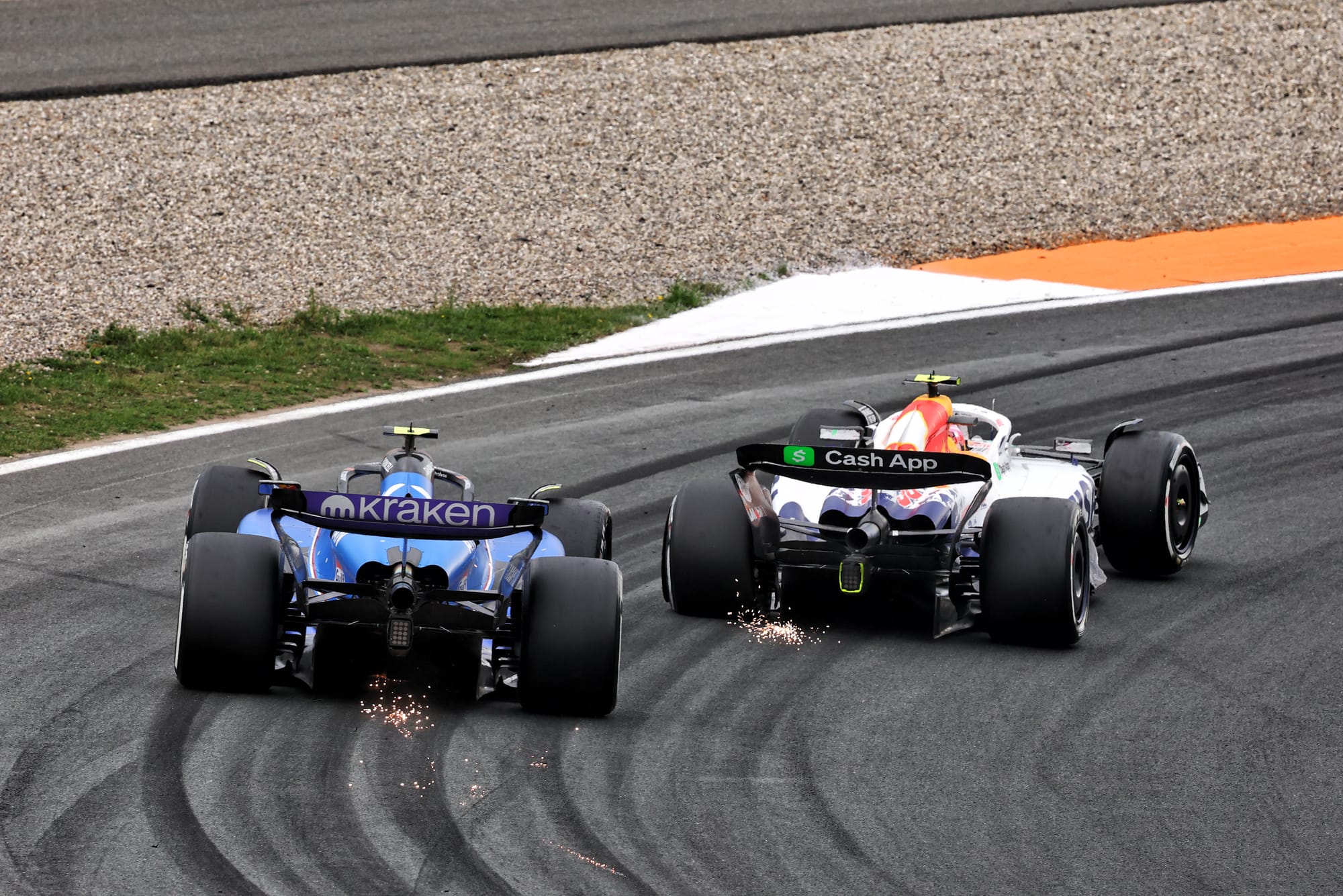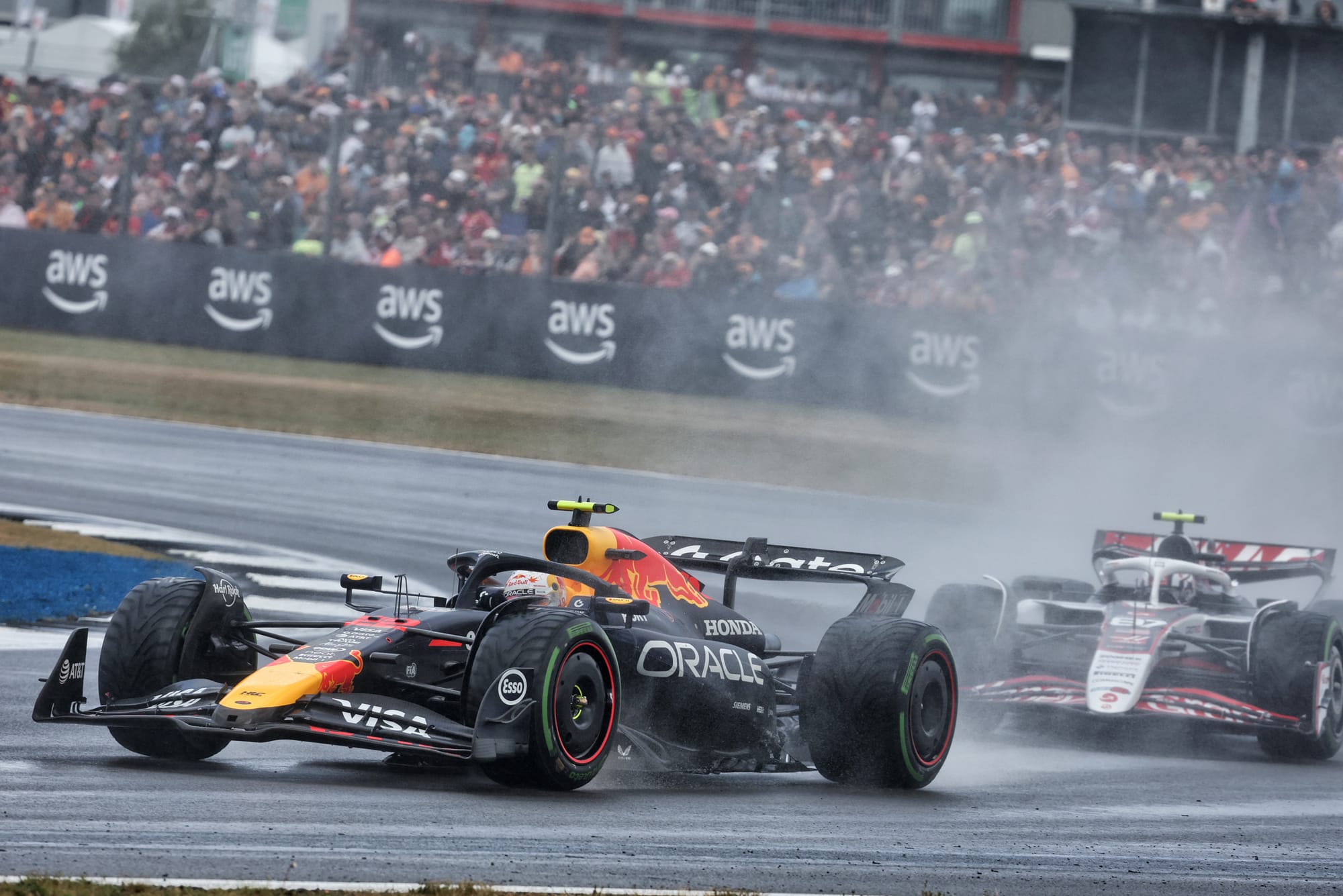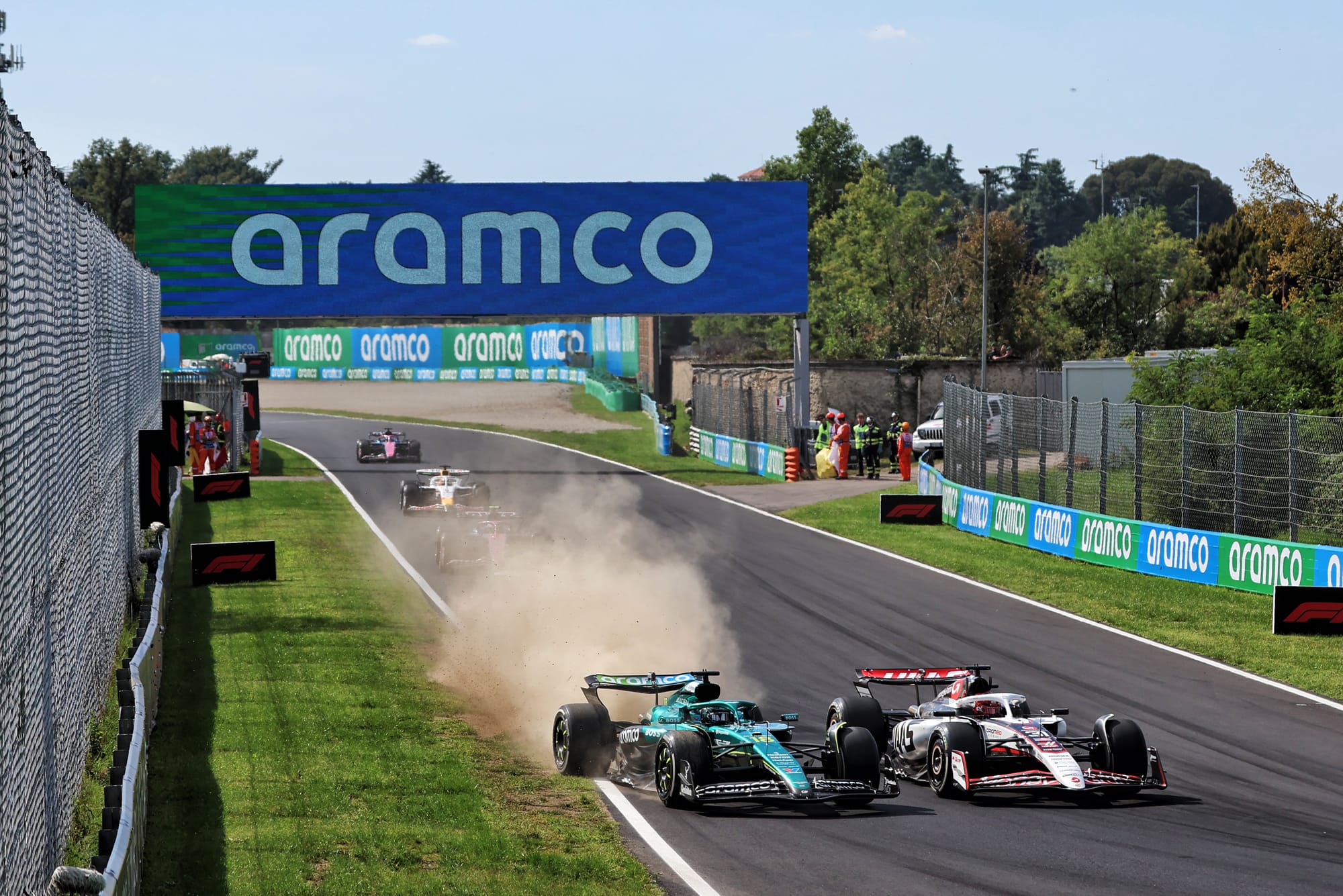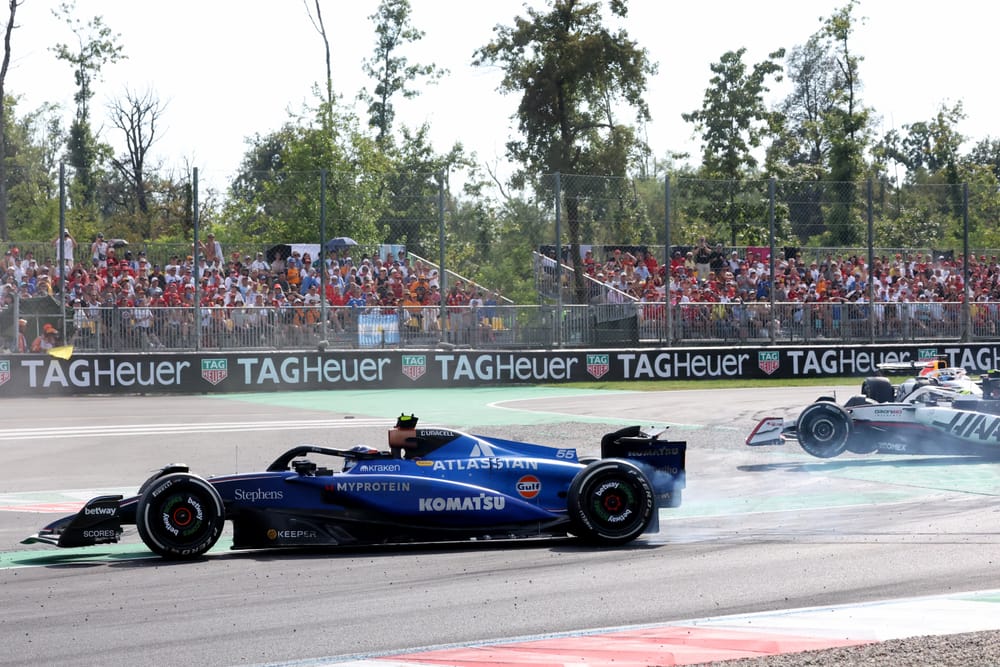On-track incidents in each of the two most recent grands prix have exposed some major limitations in the Formula 1 racing guidelines and they way they are interpreted.
Guidelines is the key word there - because while that is strictly what they are, increasingly they are being treated as rules when it comes to F1 stewards deciding whether a penalty needs to be applied and to whom.
So has the system been broken, and is racing to those guidelines actually increasing the likelihood of crashes? How much blame do the drivers and teams need to take for how far this has gone? And how can the current situation be fixed?
Here's what our team thinks:
Over-engineered - yet also oversimplified
Scott Mitchell-Malm

The law of unintended consequences has undermined efforts to police things more consistently and professionally.
The 'don't be a t**t rule' - something that helpfully governs all aspects of life but should also be a prerequisite of racing fair and hard - should be enough to get through 95% of battles on a race track. Not always: sometimes it goes wrong and it's someone's fault, sometimes more than one driver is responsible, sometimes it's all a little unlucky because racing isn't always fair.
Where everyone sits on the spectrum of what's fair and what isn't will always be different but even if it's arbitrary it should be fairly easy for experienced, sensible people to judge what crosses a line. The same goes for judging when something merits a penalty and when it's just a 'racing incident' - the slow death of the latter is not good for F1, which is getting tied up in applying penalties for things that really do not require punishment.
Trying to define what is OK and what is not has become over-engineered but somehow oversimplified at the same time. The current guidelines and their specific positional requirement reduces racing to a two-dimensional exercise; it's the racing equivalent of using super slow-motion replays and freeze-frames to re-referee decisions in football.
And it's made worse when so-called 'guidelines' are treated as gospel regulations. It's turning everything into a discussion about the position of two cars at a fixed point on track, and seemingly not applying discretion or considering other elements that the guidelines do say should be factored in.
There are some very good, professional, experienced people in the FIA and among the stewards who I would trust to just rule as they best see fit in the moment, backed up by some baseline rules and principles.
They wouldn't get every call right. But I would prefer a world in which some decisions were wrong - but very clearly explained - and racing was allowed to be more natural, than where F1 is heading at the moment.
Force drivers to take responsibility
Edd Straw

F1 faces a crucial philosophical question when it comes to racing rules; continue to codify to the nth degree and accept that the real world will always create some messy circumstances that don't fit the written parameters well, or roll back and rely on the expertise of the stewards unencumbered by such guidelines.
Neither is perfect, so it's essential to accept that there is no magic bullet that will make this uncontentious. After all, there always has to be a line somewhere and there's always a point where the tiniest change in the facts will make the difference between a penalty or no penalty. It's a case of choose your poison.
The guidelines have been established partly because of the demands of the drivers to understand what is and isn't allowed. Despite the room for manoeuvre in the wording, that makes these very close to codified rules that must be adhered to. The argument for sticking with this course, albeit while constantly sharpening the guidelines, is that drivers will know exactly where they stand in terms of penalties. And if that means that occasionally there are penalties that ideally should not have been given because of the way that wording is, then that's the cost of doing business.
There is also a strong case for leaving it entirely in the hands of the stewards - ideally a permanent, professional panel of four (or perhaps a pool of six). They can use their experience of racing and the precedents of the past in making rulings with regular appearances at driver's meetings to discuss the thinking and approach.
My preference is for the latter. The real world is simply too complicated and contains too many variables for any wording of guidelines to be all-encompassing, which makes a permanent stewards' panel preferable. However, drivers would have to accept that their decision is final.
Ideally, this would be a light-touch approach that accepts racing incidents happen perhaps with more regularity than the guidelines would suggest. To prevent that getting out of control, a revised superlicence penalty points system should be created that gives points without any other penalty for racing incidents with serial offenders - with a high bar - kept in check by the risk of a ban.
The clincher for me for this approach is that it forces the drivers to take responsibility for coexisting on the same circuit and that there must be an acceptance that there needs to be a little give and take to make racing work. With the current guidelines approach, it's too easy for drivers to ignore that and smugly claim they could do what they want because the written guidelines let them.
Most of all, whatever direction is taken, everyone - drivers, media, fans - must accept that it will be a necessarily imperfect system.
The exploitation that's crept in
Jon Noble

A small part of me would love F1 to have no racing rules at all, and leave drivers to sort things out amongst themselves.
If anyone got pushed off wide or spun out in a race, they could take it up with their rival in the paddock afterwards - or exact their revenge at the following event.
But reality points to a need to have some regulatory bite. It is important that not only do fans at home know what is and is not allowed, it's essential that drivers know they are all operating to the same playbook.
The introduction of F1's ever-evolving driving guidelines several years ago was aimed at delivering this coherence, but has inevitably thrown up its fair share of problems along the way.
Just as the wording of technical and sporting regulations gets probed and challenged by teams, so too the guidelines have been taken to extremes at times.
They have become something not just to abide by, but to exploit - delivering a 'chase to the apex' style of racing. This year, defending has become a bit less natural because of the power that the driver on the inside has to stake claim to all the racing room they want.
But while the guidelines are imperfect and need to constantly evolve (which the FIA does do, in conjunction with the drivers), their success ultimately lives and dies by how rigorously they are applied and how strict the stewards interpret things.
Right now we are in a situation where the guidelines seem to have become "regulations" that must be adhered to and acted upon - rather than something designed to help inform decisions when somebody has done something blatantly wrong.
It is this approach that is leading to some questionable decisions such as Carlos Sainz's penalty at Zandvoort and Ollie Bearman's sanction at Monza.
What is needed is not the guidelines ripping up, nor them rewritten completely - but perhaps the stewards being a bit less trigger-happy when it comes to trying to find a guilty party.
The middle ground that needs reclaiming
Glenn Freeman

While I find the need to have such strict 'guidelines' a bit needless in the first place, if we're going to have them, let's bring back the middle ground formerly known as the racing incident.
I can just about get on board with defining how far alongside you need to be at a certain point before or during a corner to be entitled to space. The bigger problem that's been exposed in the last couple of weeks is this idea that if you don't quite hit that invisible dotted line, any contact is immediately your fault. That's just wrong.
Linked to that, drivers have also been painted into a corner where if you don't achieve the magic level of 'alongsideness' (yes, I've made up that word), you are expected to vanish or face a penalty because the car that is entitled to the corner decided it was allowed to drive like you're not there. Which is also stupid.
It's an overregulated mess. And the teams and drivers must take quite a lot of blame for that. Whenever they are the victim of a clash on track, they want clear regulations that show why they were innocent, and for someone else to get a penalty. The moment they fall the wrong side of it, we hear all the 'let us race!' nonsense.
You can't have it both ways. The participants should back off, and accept that sometimes they won't like the referee's decision.



